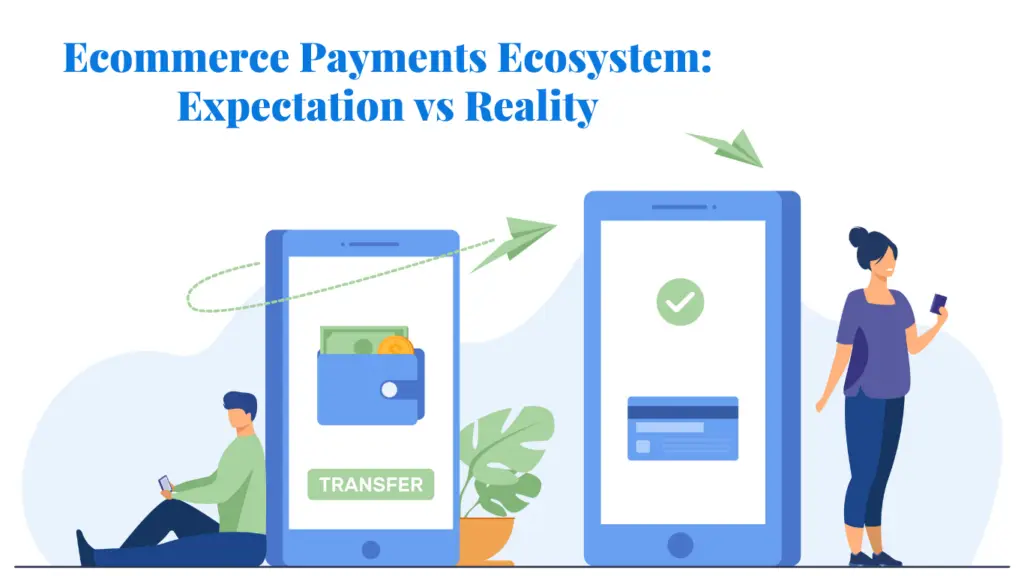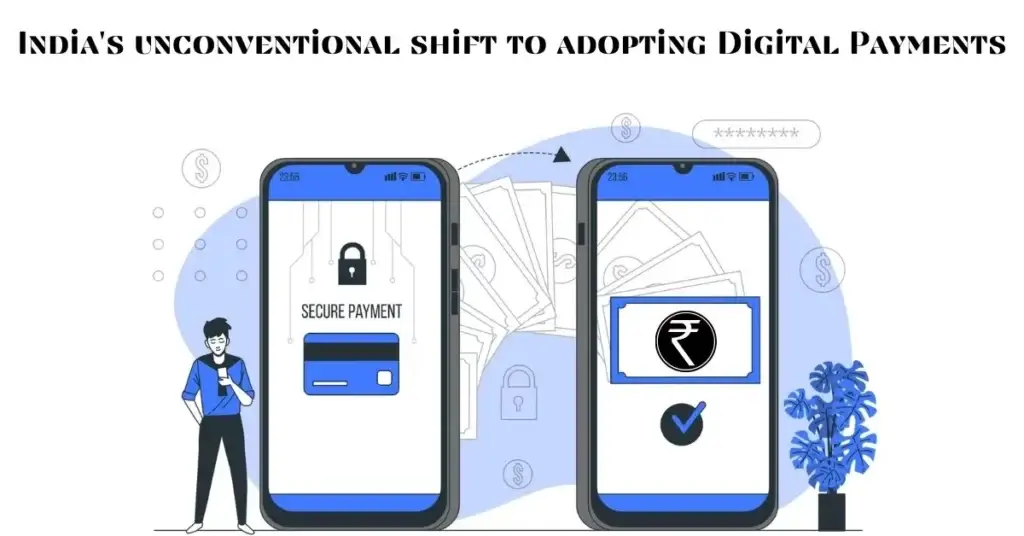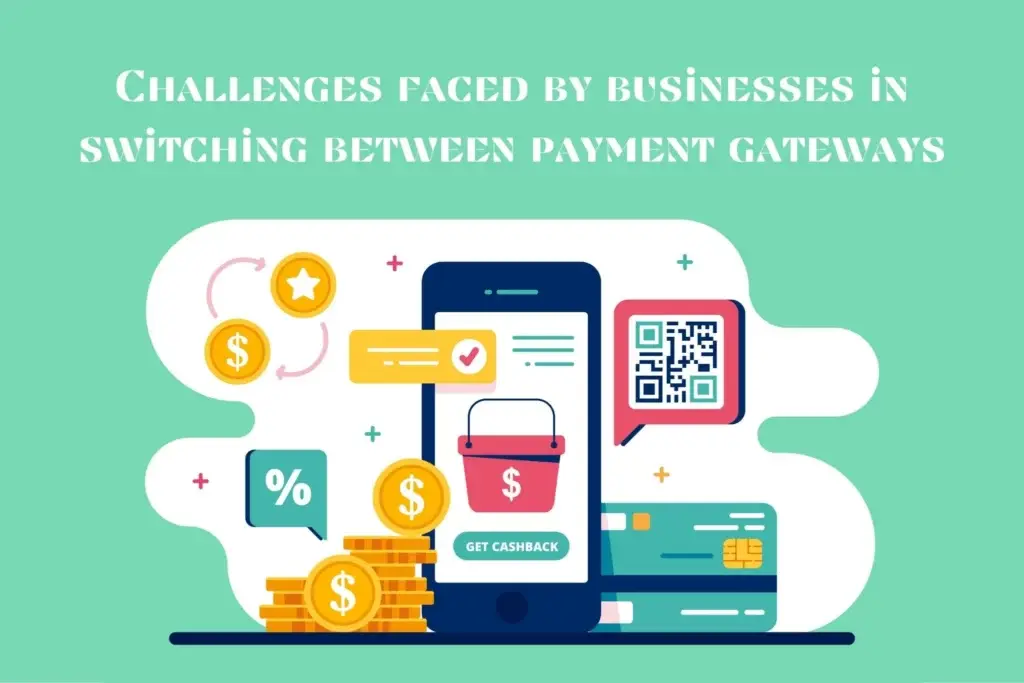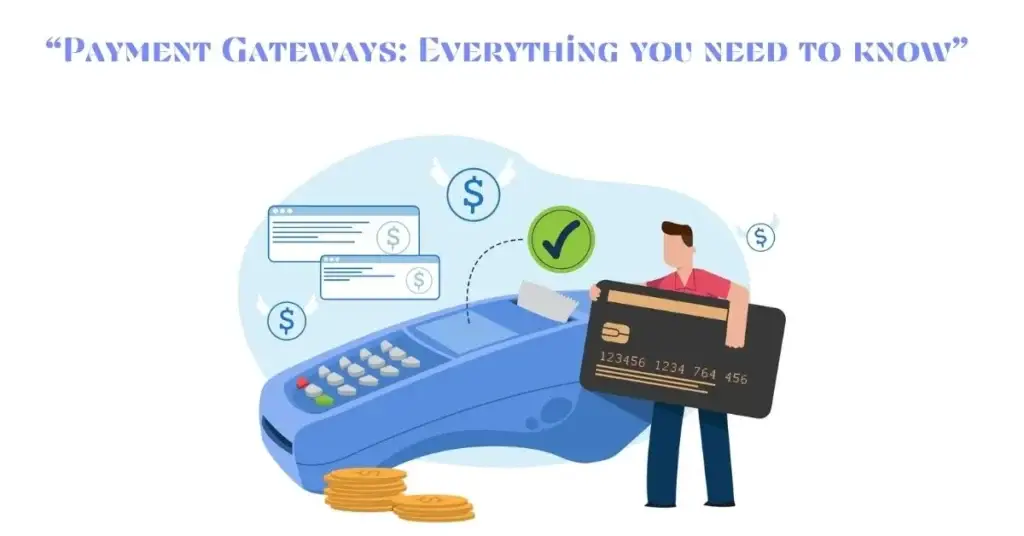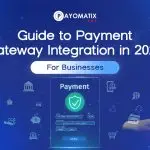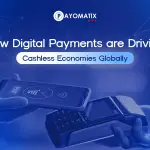In the ever-evolving digital landscape, businesses need efficient and secure payment solutions to stay competitive. Payment gateway integration has become a cornerstone for any e-commerce or service-based business looking to offer seamless online transactions. As we approach 2025, understanding the intricacies of payment gateway integration is vital for businesses aiming to enhance customer experience, reduce cart abandonment, and ensure financial security.
This comprehensive guide explores what businesses need to know about payment gateway integration, its benefits, challenges, and best practices to future-proof your online payment strategy.
What is a Payment Gateway?
A payment gateway is a technology that facilitates online transactions by securely transferring payment information from a customer to a merchant and then to the bank or payment processor. It acts as a digital bridge, ensuring that sensitive financial data remains encrypted and safe.
Key Features of a Payment Gateway:
- Data Encryption: Protects customer payment details from unauthorized access.
- Authentication: Verifies the legitimacy of transactions.
- Compatibility: Works across multiple payment methods, including credit cards, digital wallets, and bank transfers.
Why Payment Gateway Integration is Crucial for Businesses in 2025
Enhanced Customer Experience
Consumers today expect fast and hassle-free payment options. A well-integrated payment gateway ensures:
- Quick Checkouts: Reducing friction in the payment process.
- Multiple Payment Options: Catering to diverse customer preferences, including digital wallets, buy-now-pay-later (BNPL) options, and cryptocurrency.
Increased Conversion Rates
A streamlined payment process minimizes cart abandonment and encourages repeat purchases, driving higher revenue.
Enhanced Security
With cyber threats on the rise, secure payment gateways are crucial for safeguarding sensitive customer data and building trust.
Types of Payment Gateway Integration
Understanding the different types of payment gateway integration is essential to choose the right solution for your business.
Hosted Payment Gateways
- Redirect customers to a third-party payment page to complete transactions.
- Ideal for small businesses with limited technical resources.
- Example: PayPal.
Self-Hosted Payment Gateways
- Process payments directly on your website, offering a seamless customer experience.
- Requires advanced technical setup and compliance with security standards.
- Example: Stripe.
API-Based Gateways
- Allow businesses to customize the payment experience by integrating APIs into their website or app.
- Offers flexibility and scalability.
- Example: Payomatix payment solution.
Localized Gateways
- Designed for specific regions to support local payment methods.
- Ensures businesses cater to regional customer needs effectively.
Steps to Integrate a Payment Gateway
Integrating a payment gateway may seem complex, but following these steps can simplify the process:
Step 1: Assess Your Business Needs
Evaluate your business requirements, transaction volume, and customer preferences to choose the right gateway.
Step 2: Choose the Right Payment Gateway Provider
Select a provider that offers:
- Compatibility with your website or app.
- Multi-currency and multi-payment options.
- Reliable customer support.
Step 3: Obtain Necessary Certifications
Ensure compliance with regulations such as PCI DSS (Payment Card Industry Data Security Standard) to safeguard transactions.
Step 4: Implement API or Plugin Integration
- Use APIs for seamless customization.
- Alternatively, use pre-built plugins for platforms like Shopify or WooCommerce.
Step 5: Test and Optimize
Conduct thorough testing to identify and resolve any technical issues. Optimize the payment process to reduce friction.
Challenges of Payment Gateway Integration
Despite its benefits, payment gateway integration can pose challenges:
- Compatibility Issues: Ensure the gateway integrates seamlessly with your existing website or mobile app.
- Security Risks: Protect against data breaches by implementing robust encryption and adhering to compliance standards.
- High Transaction Fees: Compare providers to choose one that offers competitive pricing without compromising quality.
- Technical Complexities: Partner with a reliable PSP (payment service provider) like Payomatix to simplify technical challenges and ensure smooth integration.
Best Practices for Payment Gateway Integration
To maximize the benefits of payment gateway integration, consider these best practices:
- Prioritize User Experience: Optimize the checkout process to ensure it is intuitive and user-friendly.
- Offer Multiple Payment Methods: Cater to diverse customer preferences by supporting credit/debit cards, digital wallets, and alternative payment options.
- Ensure Mobile Compatibility: Optimize your payment gateway for mobile devices, as mobile commerce continues to grow.
- Monitor and Analyze Performance: Use analytics to track payment success rates, identify issues, and improve the payment process.
- Partner with a Trusted Provider: Collaborate with a reliable payment gateway provider like Payomatix to ensure seamless integration and exceptional support.
The Future of Payment Gateway Integration
As we move toward 2025, payment gateway integration will continue to evolve, driven by technological advancements and changing consumer expectations.
- AI and Machine Learning: Predictive analytics to enhance fraud detection and personalize user experiences.
- Blockchain Technology: Enabling faster, more secure transactions with reduced reliance on intermediaries.
- Voice-Activated Payments: Voice technology will play a significant role in shaping the future of payments.
Read our latest blog on: Top 5 Fintech Innovations Reshaping Financial Services in 2025
Conclusion
Payment gateway integration is no longer just a technical necessity; it’s a strategic decision that can significantly impact a business’s growth and customer satisfaction. By understanding the types, benefits, and challenges of integration and following best practices, businesses can future-proof their payment processes.As a trusted partner, Payomatix provides innovative payment solutions designed to meet the evolving needs of businesses in 2025 and beyond. Whether you’re a startup or an established enterprise, Payomatix ensures that your payment gateway integration is seamless, secure, and scalable.
Frequently Asked Questions
Q1: What is a payment gateway, and why is it important for businesses?
Answer: A payment gateway is a technology that facilitates secure online transactions by transferring payment data between a customer, merchant, and payment processor. It’s essential for businesses to ensure fast, secure, and seamless payments, enhancing customer trust and satisfaction.
Q2: How does payment gateway integration benefit my business?
Answer: Payment gateway integration offers multiple benefits, including enhanced customer experience, increased conversion rates, secure payment processing, and the ability to offer diverse payment methods. These factors help businesses build trust and drive growth.
Q3: What challenges might I face during payment gateway integration?
Answer: Some common challenges include compatibility issues with existing systems, ensuring compliance with security standards, managing high transaction fees, and addressing technical complexities.
Q4: Can Payomatix help with cross-border payments?
Answer: Yes, Payomatix provides solutions that support multi-currency and cross-border transactions, enabling businesses to expand their global reach.


